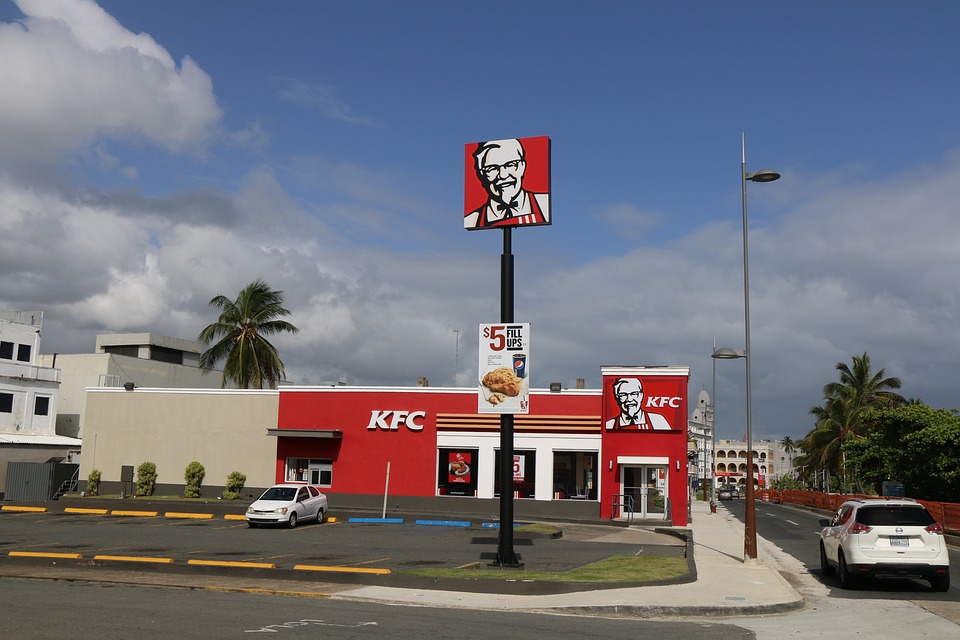Asia is the hot topic right now, with the ultra-capitalist mega-corporations of the United States paying particular interest to the region as internet connectivity continues to rise. The Far East has always been hailed as an eventual promised land, but comparatively few businesses that are established in Western markets have been able to break through successfully.
The spotlight on the continent continues to intensify, even when it comes to stock indexes, with the Asia indexes opening higher after a record gauge of world equity markets, as we detailed at Business Times. In fact, while many more familiar markets to the biggest global companies build towards normality, Asian markets have proven to buoy the revenues to keep some major brands afloat.
Across the vast continent, eCommerce is already proving to be a goliath, with the market set to eclipse US$1.6 trillion in revenues this year, with a further compound annual growth rate of nearly seven per cent over the next four years. These staggering figures already mean that eCommerce in Asia accounts for over 57 per cent of the global market.
Naturally, companies looking to grow are quickly identifying markets like India, China, Japan, Singapore, Indonesia, Hong Kong, the Korea Republic, Thailand, and the Philippines. However, as has been proven by a relative handful of innovators, the Asian market can be a viable and crucial source of revenue, should you be willing to adapt.
Gaining access through the established marketplaces

While many brands prefer to operate on their own with their own websites to reap maximum revenues, it's difficult to overlook the established infrastructure of Asia's online marketplaces. These are, for the most part, the go-to platforms that people across many of the continent's nations use by default for getting goods. Given their adoption, they can offer a sound point of entry for business looking to test the waters for their products.
Across the continent, but in China, particularly, Alibaba rules the roost. Nearly four in every five purchases made online in China are placed on Alibaba, the world's largest eCommerce marketplace for business-to-business. It also has spin-off sites that continue to extend its reach, which include Taobao and AliExpress. The latter of these, AliExpress, is Alibaba's main arm for reaching shoppers outside of China.
Elsewhere, we see Flipkart dominating in India, the Singapore-based site HipVan focuses on the home market and has some 90,000 customers and Lazada generating billions as a part of the Alibaba Group. The marketplace has a huge presence in Indonesia, Vietnam, Singapore, the Philippines, and Thailand. Of course, there's also Japan's behemoth, Rakuten, which has over 100 million members.
Zooming in for the Asian endeavour

Depending on the products being offered, and the medium used to offer them, incoming companies will want to look more closely at each market. With internet penetration and smartphone adoption rates soaring, online gambling has become more prominent, being spearheaded by long-established, regulated platforms.
The multilingual reviews and guides portal Asiabet has become the primary access point because it splits its information per country. It covers Bangladesh, Cambodia, Sri Lanka, Pakistan, Vietnam, and the bigger markets, offering tailored, specific information for the gaming scene in each. This way, the portal has positioned itself as the go-to source in each country, and yet, for some sectors, it's important to go even further than national coverage. Due to the wide range of countries covered, details related to security are highlighted to the reader.
A review of the key markets of the continent by McKinsey found that, in many nations, it's key to focus on the largest cities. Residents of the likes of Seoul, Osaka, and Tokyo make up the glut of their respective nations' consumer bases. In China, this trend is continually getting stronger, with people flocking from rural areas to several megacities that are popping up across the vast country.
Localising the price points and presentation

One of the most famous success stories of an international brand breaking into the Asian market is KFC. The US fast-food chain has thousands of restaurants in China and is even eaten at Christmas in Japan. However, it's taken a very different form in the Far East. Instead of being focussed on smaller, get-and-go restaurants, KFCs in China are much larger, offering far more items on the menu, spiciness ratings, and more limited-time features.
Furthermore, it's more expensive than your given high-street eatery, placing it above other chains. That extended and regularly-changing menu at KFC is indicative of the approach that many outside companies are finding success with, particularly as it can be used as an excuse to cut costs.
P&G, for example, reduced product packaging of their toothpaste under the Crest brand to cut the price per item, allowing them also to offer far more variety on each shelf. In some cases, though, cutting the price isn't an option, so alternate payment models should be explored. In India, Levi Strauss offered the option to pay for premium jeans in monthly instalments, which actually led to an increase in sales per visit.
The Asian market, particularly online, is gigantic and can become a key piece of the puzzle for foreign companies, but only if they can adapt to a very different market to that found in the west.





